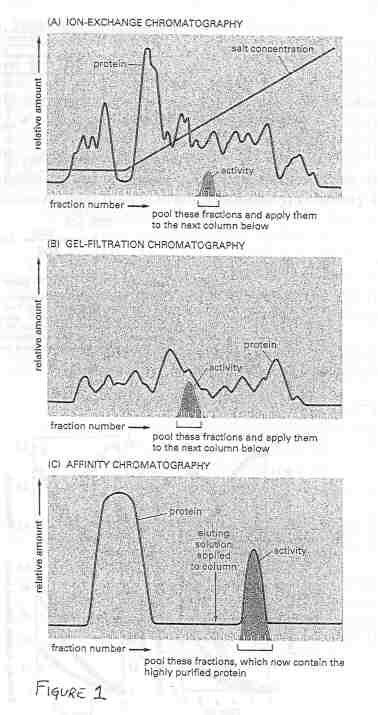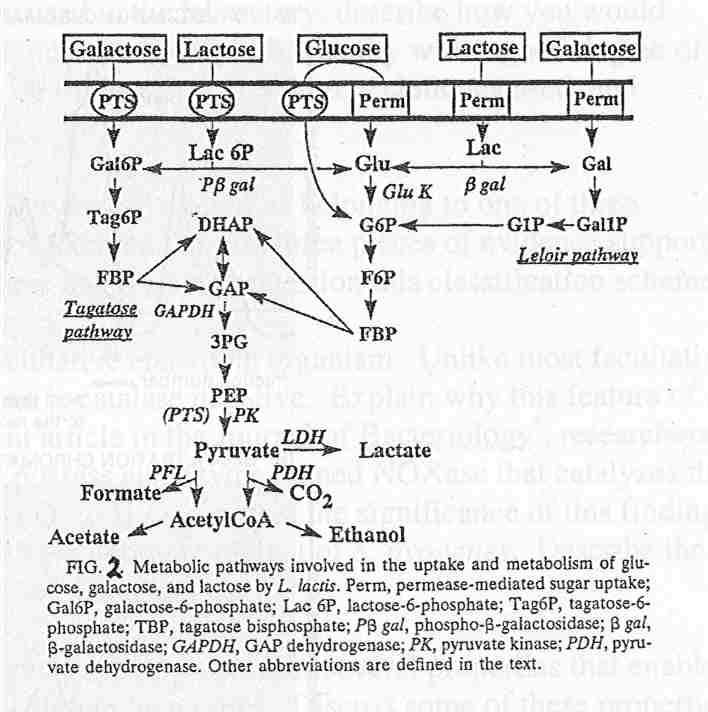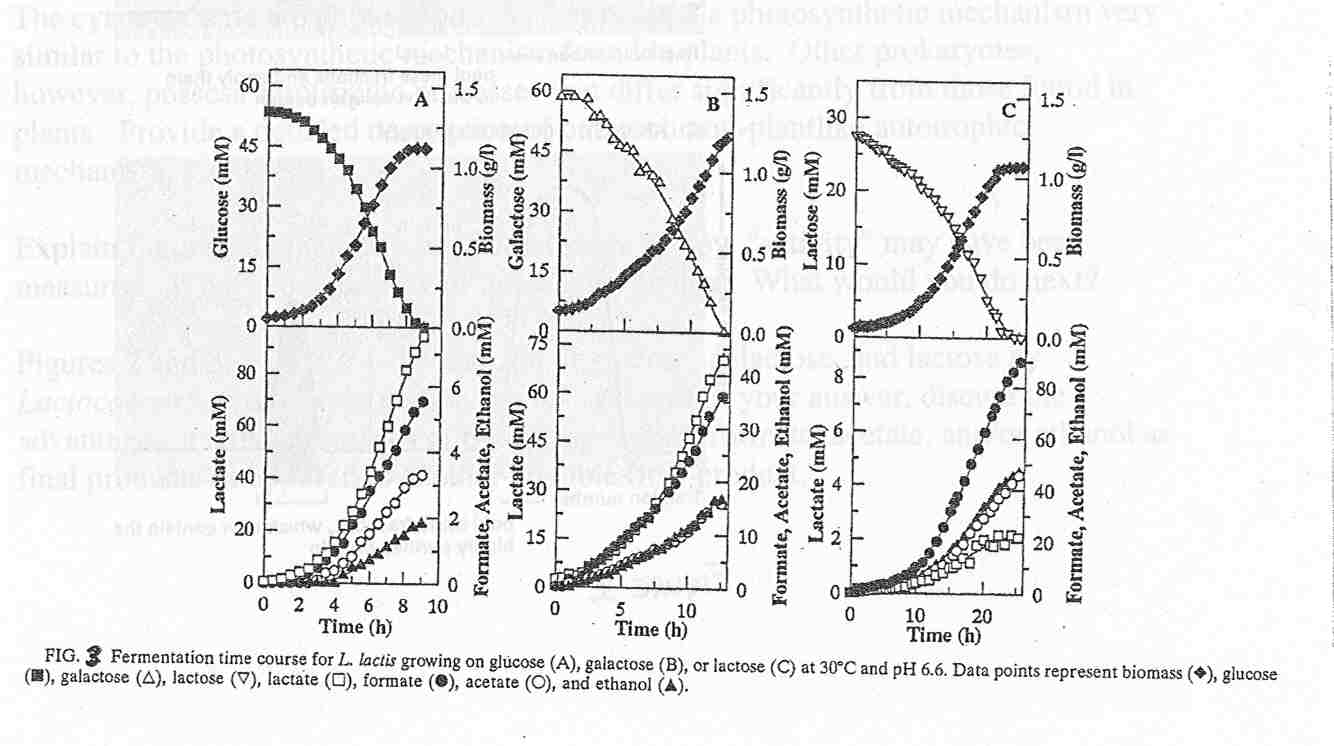BIO 302, Spring 2001
Review 1 - Classification, Structure, Metabolism, Growth
Provide thorough, but concise, answers to the following
questions.
There is no time limit to this test, but it should not take you more than 90
minutes to complete.
The review is closed book.
All questions are worth 20.
If your handwriting is lousy, please type your
answers.
Staple all pages together and do not put your
name on any page other than this cover page.
Return
completed review to me no later than 9:30 am, Wednesday, February 21, 2001.
Name (please print):
Pledge and signature:
Answer 6 of the following questions
- Next week in the laboratory section of the course, we
each will isolate Escherichia coli. Using techniques we have used in
the laboratory, describe how you would isolate a clonal population of E.
coli and confirm its identity with a good degree of certainty. Include
information on finding the bacterium, techniques used, and media/reagents
used.
- Currently, biologists classify all living organisms as
belonging to one of three Domains: Archaea, Bacteria, or Eukarya. Discuss
three pieces of evidence supporting this classification scheme. Is there any
reason to question this classification scheme?
- Streptococcus pyogenes is a facultative anaerobic
organism. Unlike most facultative anaerobes, though, this organism is catalase
negative. Explain why this feature of S. pyogenes is unusual. In a
recent article in the Journal of Bacteriology, researchers
reported that S. pyogenes does possess an enzyme named NOXase that
catalyzes the direct four electron reduction of O2 to H2O.
Explain the significance of this finding. Suppose you constructed a NOXase
deficient mutant of S. pyogenes. Describe the expected growth characteristics
of this mutant.
- The hyperthermophilic prokaryotes appear to possess several
properties that enable them to flourish at exceedingly high temperatures.
Discuss some of these properties.
- The cyanobacteria are photoautotrophs that possess a
photosynthetic mechanism very similar to the photosynthetic mechanism found
in plants. Other prokaryotes, however, possess autotrophic processes that
differ significantly from those found in plants. Provide a detailed description
of one such non-plantlike autotrophic mechanism.
- Explain Figure 1. Include a brief description of how
"activity" may have been measured. What is the purpose of these experiments?
What would you do next?
- Figures 2 and 3 show the metabolism of glucose, galactose,
and lactose by Lactococcus lactis. Explain these figures. As part of
your answer, discuss the advantages and disadvantages of producing lactate,
formate, acetate, and/or ethanol as final products as opposed to another possible
final product.






